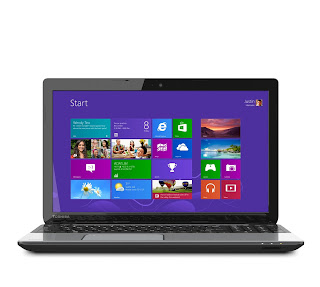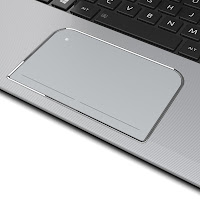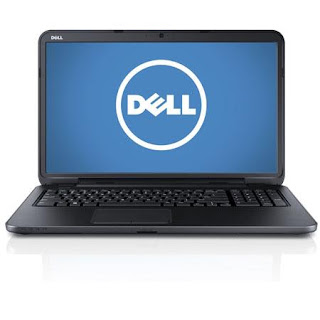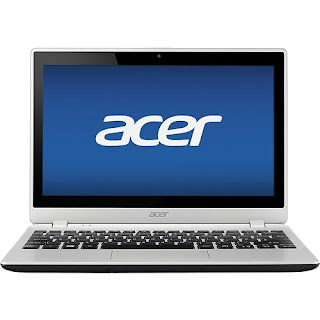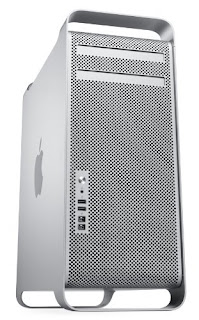First Looks: Design Factors
The new Mac
Pro mixes a sleek design with sensible efficiency. Some have said it
looks more fit to be a vase for flowers or an ultra-high tech rubbish
bin, but the aesthetic appeal of the polished black cylindrical exterior
is undeniable to many. The design is more than just for looks, however,
and actually is conducive to much more effective cooling and air
circulation than the traditional cube-like structure of computer cases.
But that's just the outside, so let's consider what's going on under the
hood.
Internal Configuration
The new Pro
is definitely a computing powerhouse, but the extent of its capabilities
is more aptly described in terms of its hardware potential. On a full
expansion, this performance machine allows for up to twelve cores of
processing power, providing a dream-scape for multithreading application
potential. Apple is currently advertising processing potential double
to that of its current pro in terms of floating point performance.
Floating point performance factors is measured in FLOPS, and is
comparable to another processing standard measurement, instructions per
second. The raw processing power is backed by additional hardware
considerations like impressive, ultra fast PCIe storage and I/O
exchanges. The graphic potential utilizes two AMD FirePro graphic
processing units, which in turn depend on a full six gigabytes of
dedicated video-memory for intensive graphic processing applications.
This allows for almost seven teraflops of computing potential, more than
the both the PS4 and Xbox One's graphic potential combined.
Potential Pitfalls
Apple
is renowned for the high quality of their products, but every
successive launch of new performance workstations has been plagued by a
few problems. For starters, a fully configured Mac Pro will still only
have four USB ports. That's certainly a problem, especially in
workstation applications where a high degree of connectivity is in
constant demand. Sure, the Thunderbird transfer speed is blazing fast,
but the Pro is limited by the relatively small quantity I/O.
Additionally, this computer lacks an optical drive, no doubt to push
towards cloud and flash-based solutions over more traditional optical
media. What happens if you need optical media? Looks like you'll be
using an external disk reader, which can effectively add to the overall
cost of the product. That brings us to the last point of contention:
price. Apple is rather quiet about the new Mac Pro
in terms of price, but judging from prior releases we can expect its
potential configurations to range between $2,700 and $4,000. That's
steep, even for a workstation, but the unit does promise game-changing
performance. The Pro is scheduled for release fall of this year, which
will allow a more in-depth analysis of the system. Until then, we'll
have to wait for the grand unveiling.

